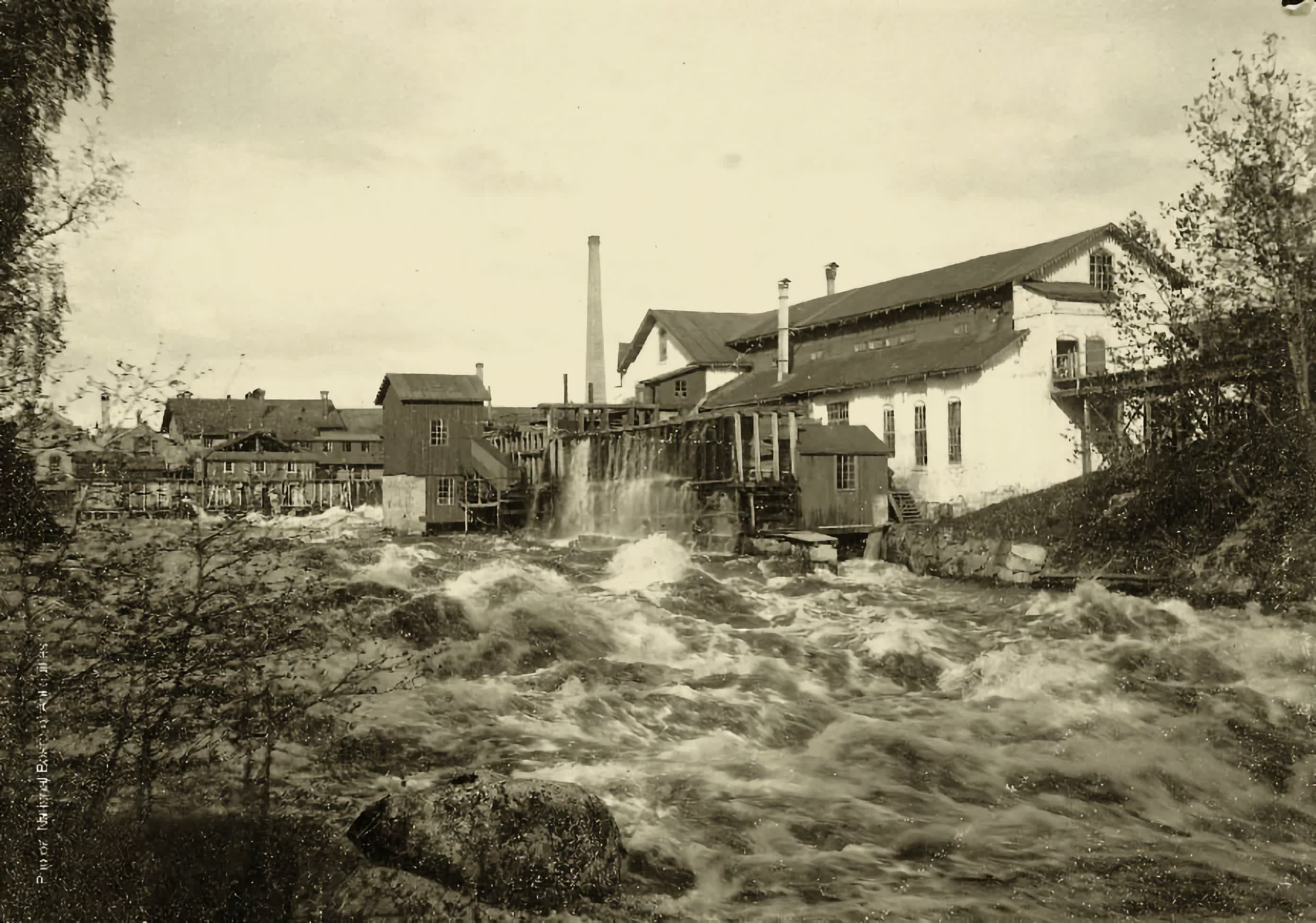A little background and more context about this trivia

Nokia, known today as a global player in the telecommunications and consumer electronics industry, had quite a different origin. In 1865, mining engineer Fredrik Idestam established a ground wood pulp mill on the banks of the in Tampere, Finland, then a part of the Russian Empire. Three years later, Idestam opened a second mill 15 kilometers away near the town of Nokia by the Nokianvirta river.
The choice of location was strategic. The rapids provided the necessary power for the mill, and the region's abundant forests offered the raw materials needed for pulp production. Initially, Nokia was involved in producing paper – an essential commodity at the time, as paper was the primary medium for communication and packaging.
Fast forward three more years, in 1871 Idestam renamed the company "Nokia Ab" and began selling shares with the help of close friend, professor and politician Leo Mechelin, who eventually became the chairman in 1898 (through 1914) and steered the company toward hydroelectricity generation – an expansion that Idestam previously opposed but his retirement in 1896 cleared the way.
One curious fact about Nokia's early days is that the company played a significant role in developing Finland's first telephone network during the late 19th and early 20th centuries. This was a significant step away from its original pulp and paper business.
Also read: Nokia: The Story of the Once-Legendary Phone Maker
In 1902, Nokia added electricity generation to its business activities and after nearly going bankrupt post-WWI in the 1910s its electricity business was sold to Finish Rubber Works, which in 1922 also acquired Finnish Rubber Works, a maker of electrical cables, telephones and telegraphs.
Those three companies officially merged as conglomerate named Nokia Corporation in 1967, which had a product list that ranged from bike tires and rubber boots to TVs and a gas mask for the Finnish Army. Eventually the company divested its rubber and cable manufacturing divisions to focus more on telecommunications and electronics.
By the late 20th century, Nokia had become a leading global provider of mobile phones and telecommunications networks. Its innovative mobile phone designs and the development of the GSM network standard played a crucial role in popularizing mobile telephony worldwide.